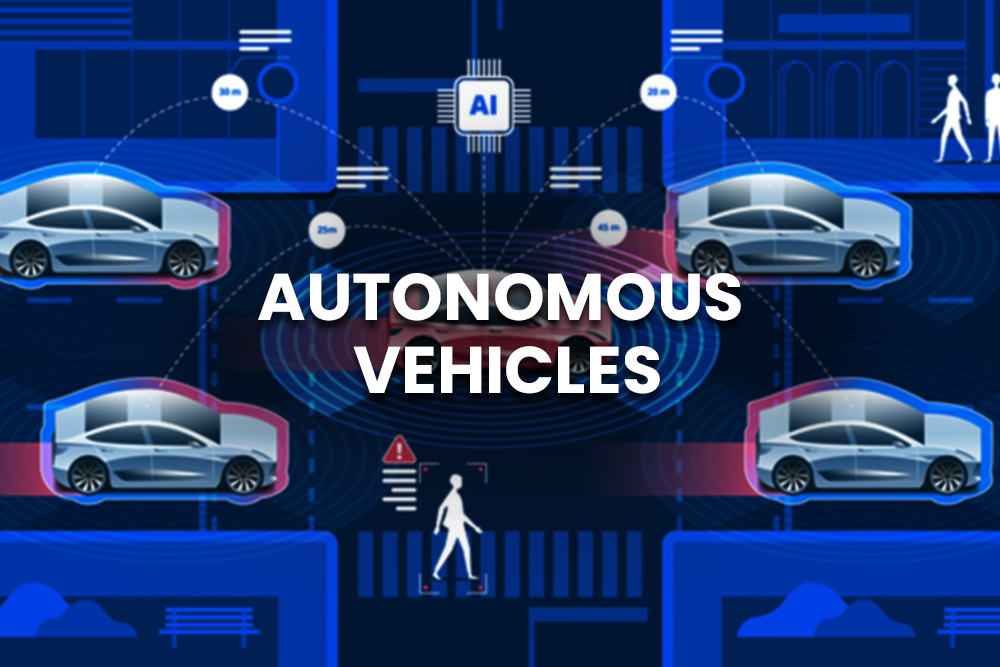
Connected Vehicles (CV)
CVs are vehicles having wireless networking that connects with other CVs, communications infrastructure, and personal cell phones. CVs is primarily involved with data whereas AV is primarily involved in navigating. They not only coexist in the same vehicle, they are symbiotic. CVs are being utilized today and the technology can be considered mostly mature; Cadillac’s 1977 OnStar had success pioneering CV use cases, especially maintenance, updating, and roadside assistance.
CVs should be thought of as a member in the Internet of Things (IoT). CVs can communicate with other CVs and nearby roadside devices to receive and send information through cellular or satellite antennas.
An Achilles’ heal of CVs is cybersecurity. Aside from privacy, financial security, maintenance fraud, there is the immediate concern for safety since today’s vehicles run on so much software and depend so critically on real-time data. Hacking cars can be fatal, so we need policies to govern these possibilities.
Use cases for CVs are and will expand to include:
- Vehicle predictive maintenance and updates performed by means of the cloud,
- Remote control of vehicle’s video, alarms, access/occupancy, air conditioning, lighting, …,
- Speeding traffic flow by synchronizing traffic lights to conditions and lane access,
- Delivering emergency services by fastest routes and invoking cooperation of all CVs,
- Removing line-of-sight as necessary to avoid collisions since CVs have alternative options.
The respective roles, regulation, and liabilities of vehicle operation will need policy clarification. Real-time information sharing between parties will involve policies to insure cooperation.
This Transportation practice is headed by Jim Cook, Senior Partner, who began his career as a Research Engineer at MIT and went on to advise senior executives at Bell Laboratories, DuPont, and Motorola on the management of technology. (Bios at: JIM COOK)
